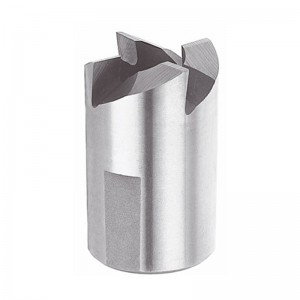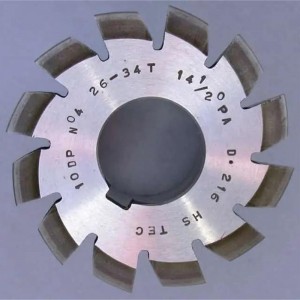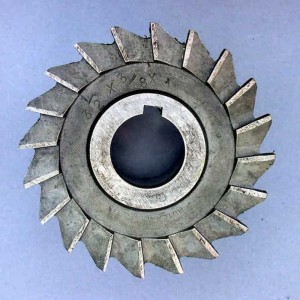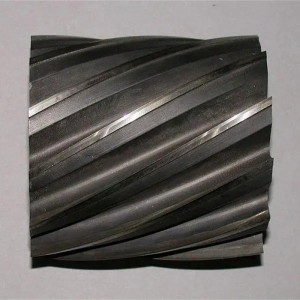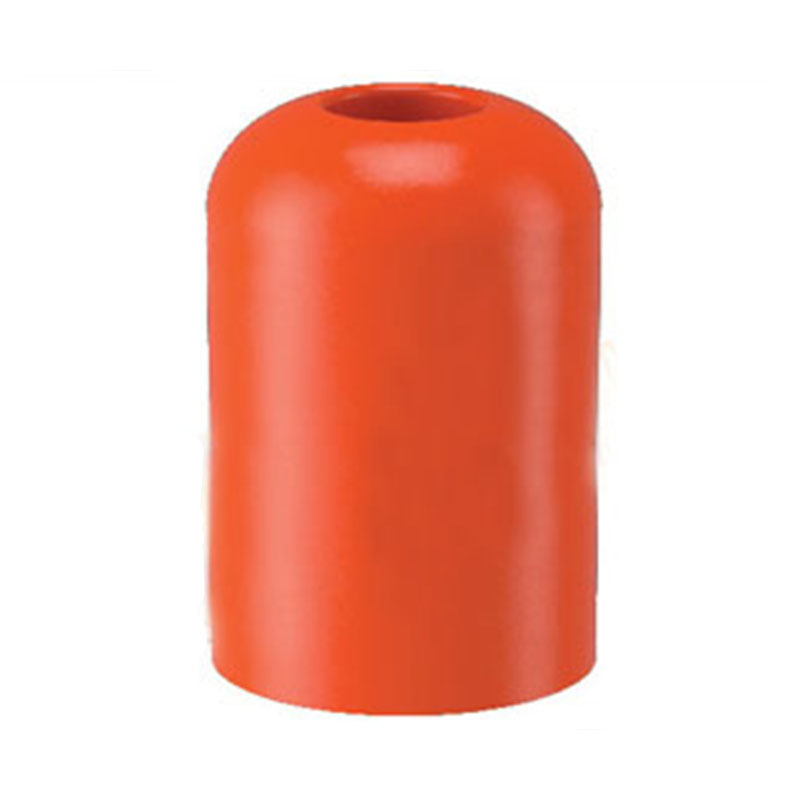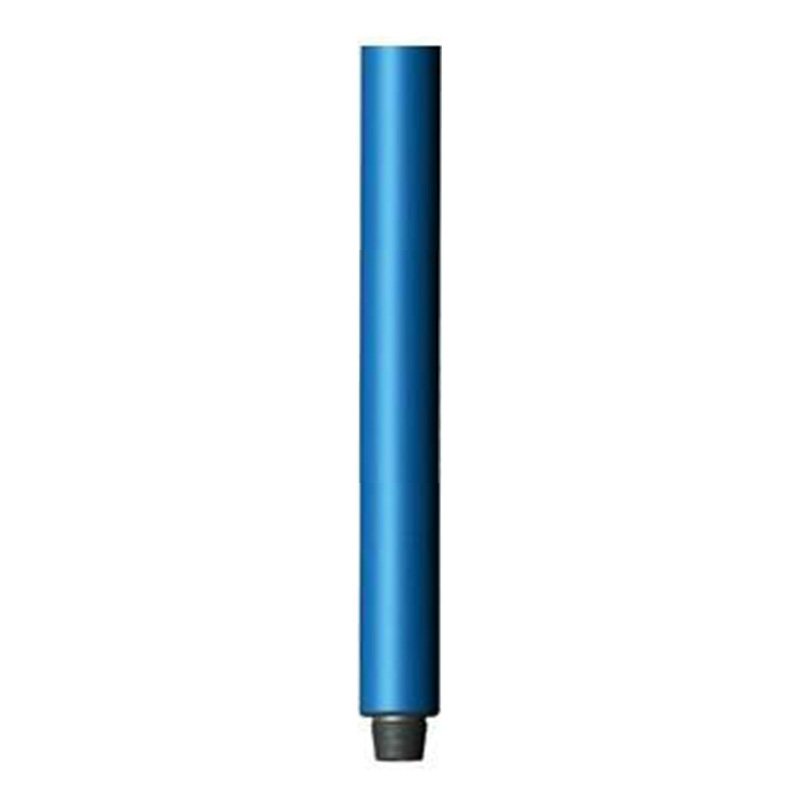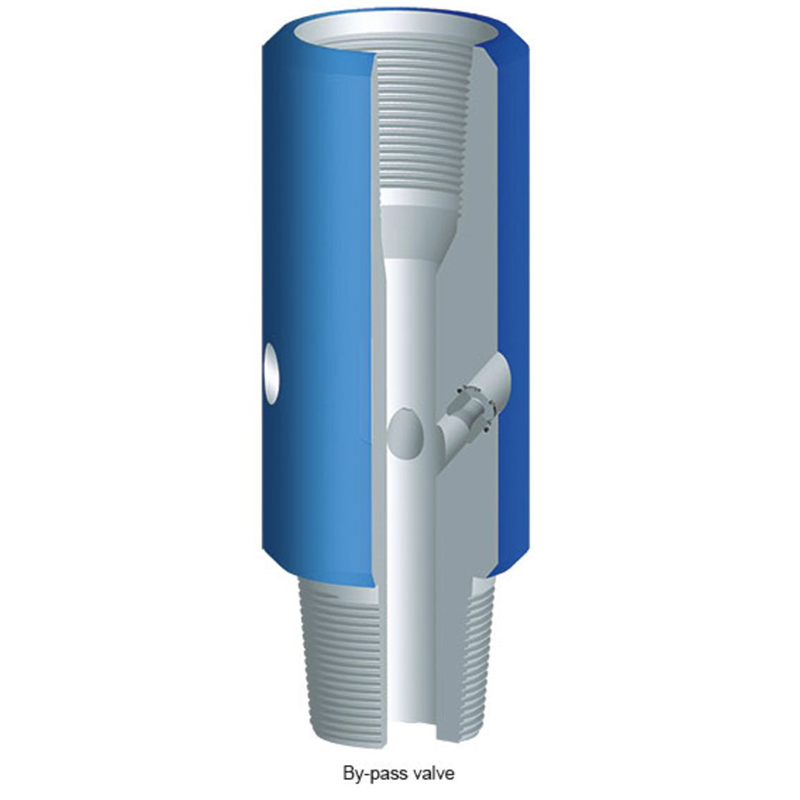Downhole Fishing & Milling Tool Junk Taper Mills for Repairing Deformed Fish Tops
Description:
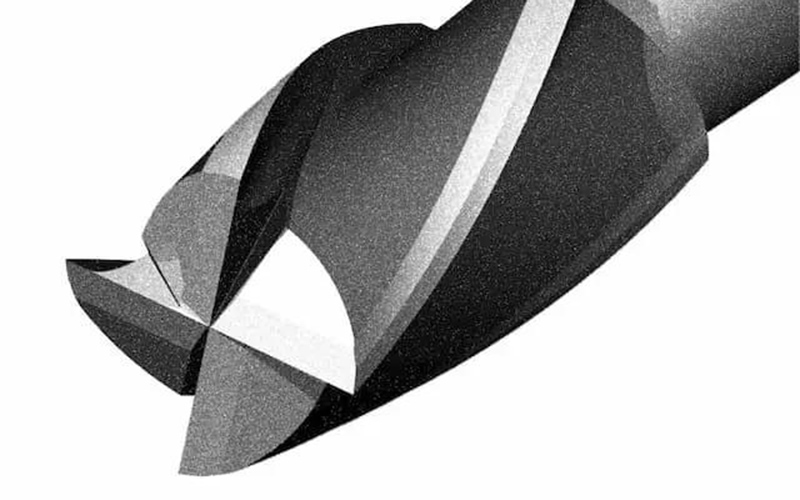
End mill
These tools usually have a flat bottom but not always. Round and radiused cutters are also available. End mills are similar to drills in the sense that they can cut axially. However, the advantage of milling lies in the possibility of lateral cutting.
Face mill
Face mills cannot cut axially. Instead, the cutting edges are always located on the sides of the cutting head. The cutting teeth are replaceable carbide inserts.
This makes the lifetime of a tool longer while maintaining a good cutting quality.
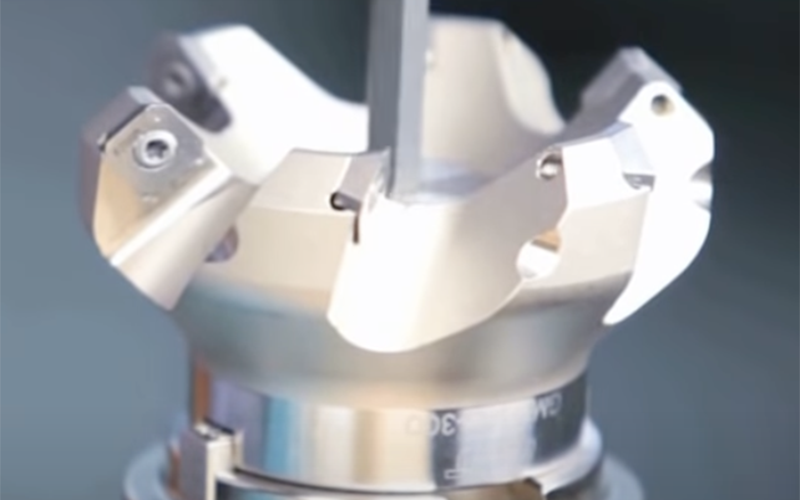
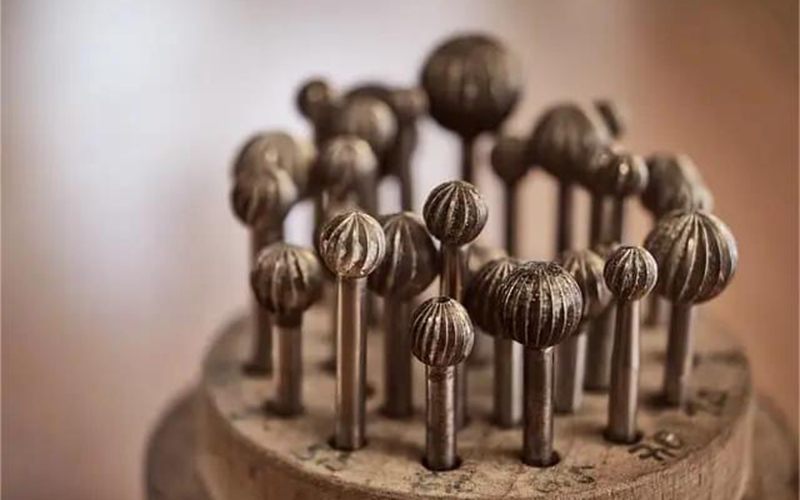
Ball cutter
Ball cutters, also known as ball mills, have hemispherical cutting tips. The objective is to maintain a corner radius for perpendicular faces.
Slab mill
Slab mills are not that common with modern CNC machining centres. Rather, they are still used with manual milling machines to quickly machine large surfaces. That is also why slab milling is often called surface milling.
The slab itself spins in a horizontal position between the spindle and the support.
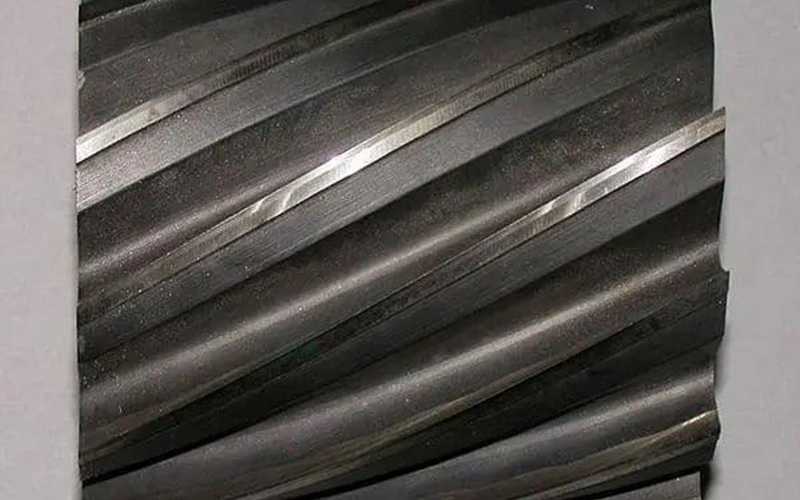
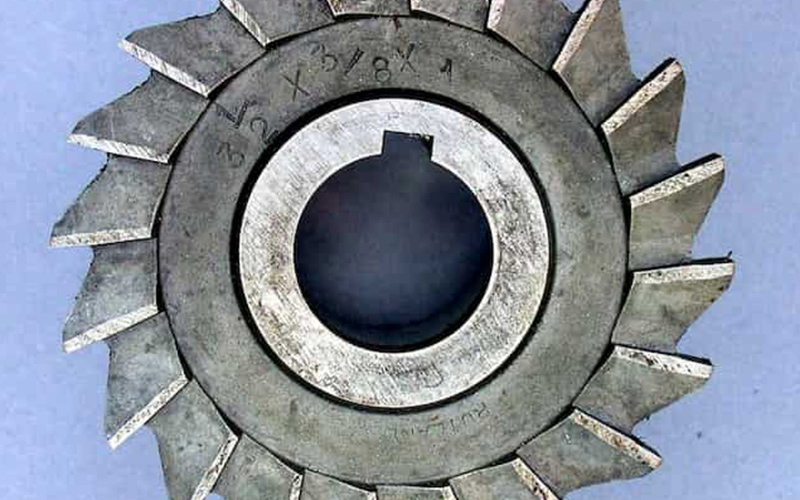
Side-and-face cutter
A predecessor for the end mill. Side-and-face cutters have teeth around the circumference as well as on one side. This makes the functionality very similar to end mills but their popularity has waned over the years with the advancement of other technologies.
Involute gear cutter
There is a special cutting tool for milling involute gears. There are different cutters available to produce gears within a certain number of teeth.
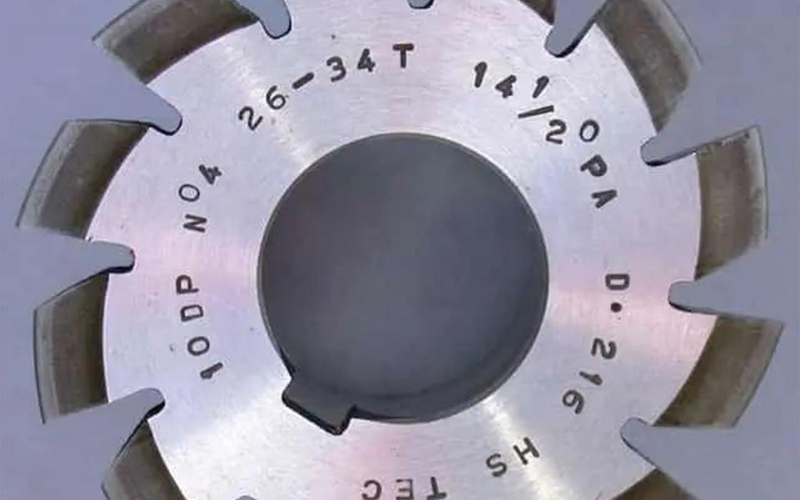
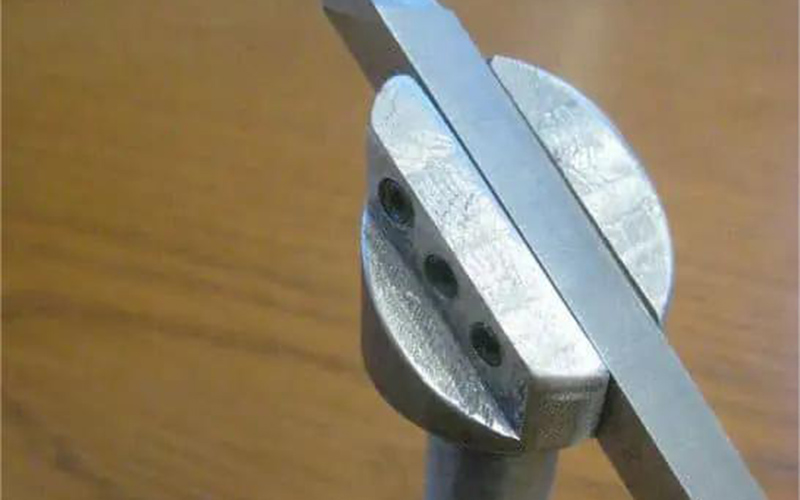
Fly cutter
These tools have the same function as face mills. They consist of a central body that holds either one or two tool bits (double-end fly cutters).
Face mills are better for high-quality cutting. Fly cutters are just cheaper and the cutting bits are often made at the shop by a machinist rather than bought from stores.
Hollow mill
Hollow mills are basically the opposite of face mills. Here, the workpiece is fed into the inner part of the mill to produce a cylindrical outcome.
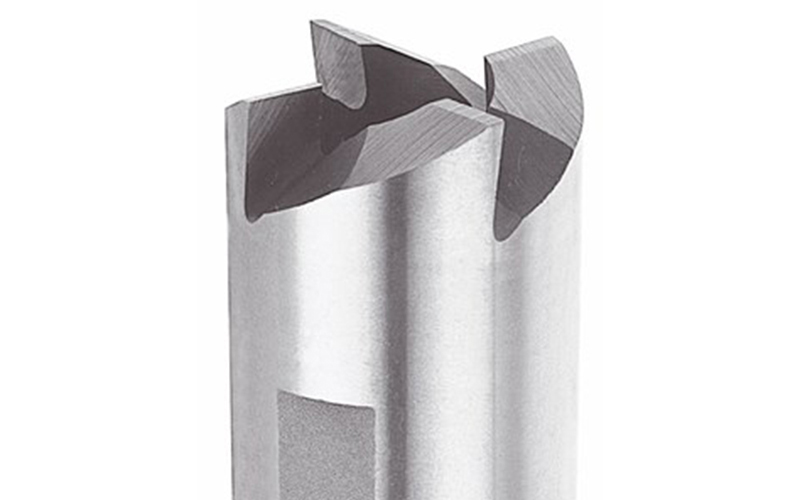
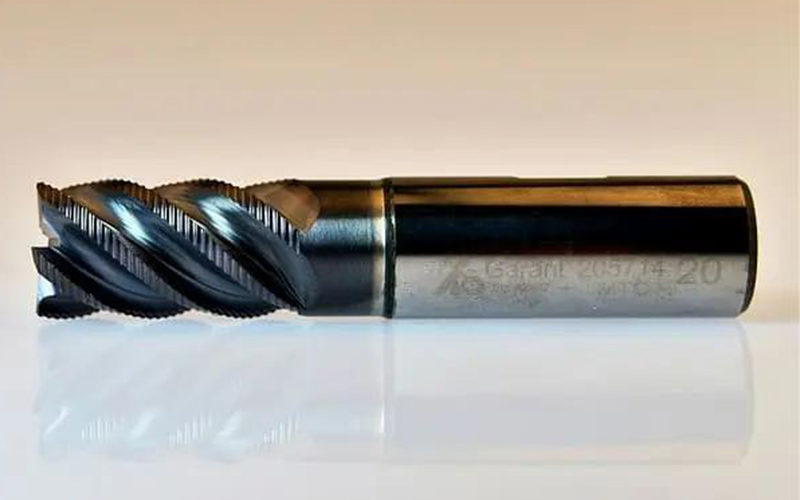
Roughing end mill
As the name says, these are pretty much end mills with a slight difference. The roughing end mill has jagged teeth. These make the cutting process faster than with a regular end mill.
The cut bits of metal are smaller than usual and therefore easier to clear. Multiple teeth come into contact with the workpiece at the same time. This reduces chatter and vibration, which could otherwise be larger because of the jagged teeth.
Woodruff cutter
Woodruff or keyseat/keyway cutters are used to cut keyslots into parts, for example, shafts. The cutting tools have teeth perpendicular to the outside diameter to produce suitable slots for Woodruff keys.
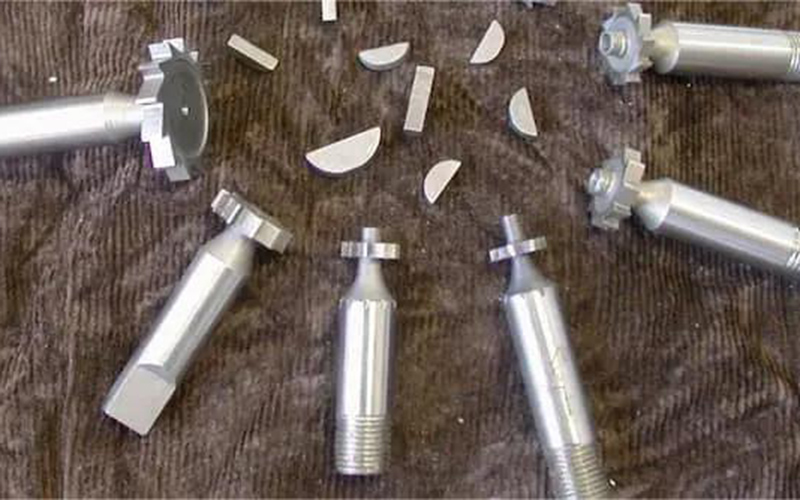
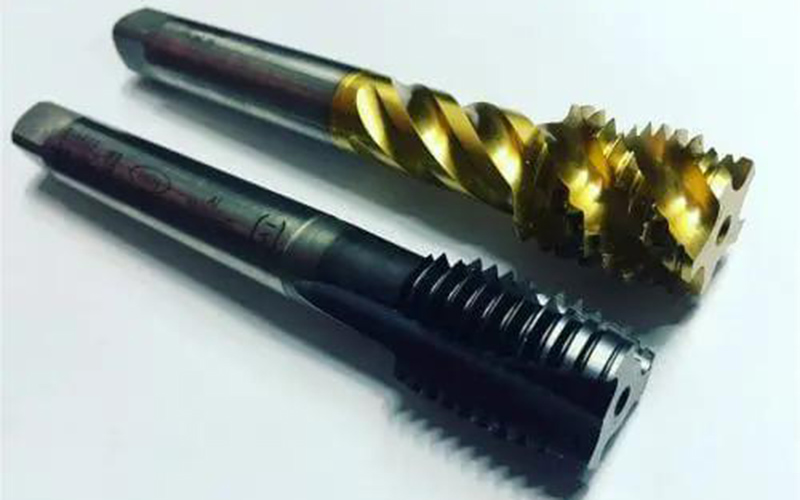
Thread mill
The name of this tool says everything you need to know about its purpose. Thread mills are used for producing tapped holes.
Threading operations are usually carried out on drilling equipment. Using a thread mill, though, is more stable and has fewer limitations regarding the environment.


